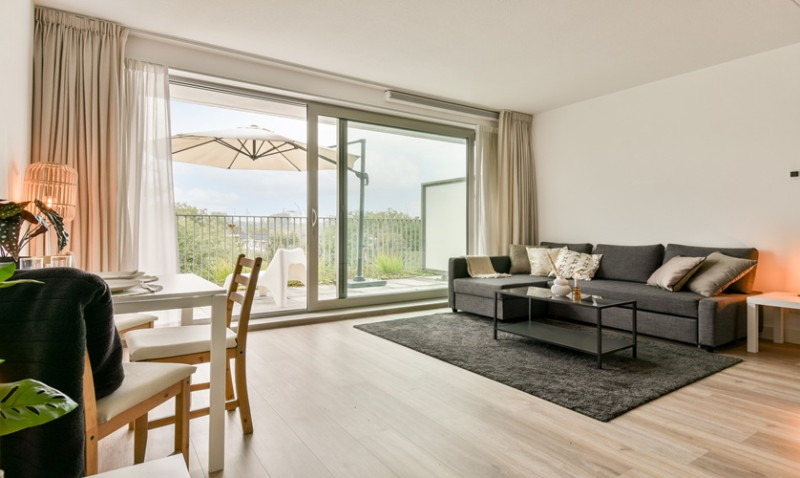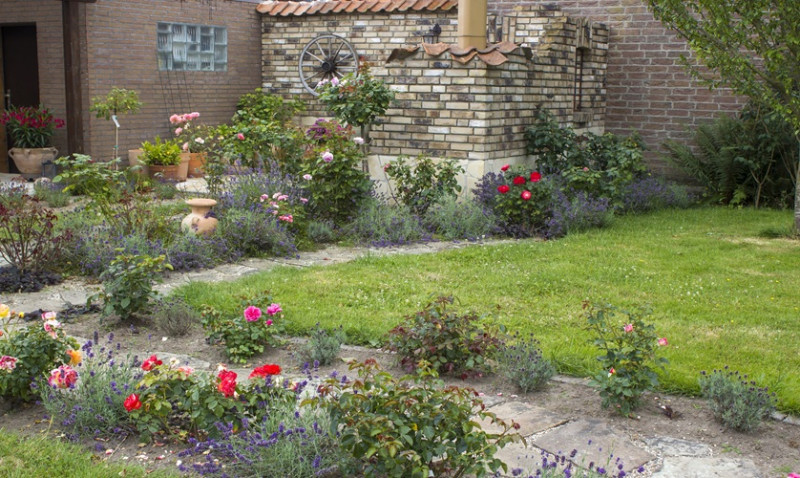
Garden rooms have become an increasingly popular addition to UK homes. Whether you're using your timber frame building as a home office, art studio, workout space, or simply a relaxing retreat, ensuring it's warm and comfortable throughout the year is essential. With the UK’s unpredictable weather, proper insulation and thoughtful design choices are vital to keep your garden room cosy even through chilly winters.
In this blog post, we’ll explore how to efficiently insulate your timber frame garden room, the materials that offer the best thermal performance, and practical tips to maintain your space at the perfect temperature without breaking the bank. If you're a DIY enthusiast, young professional redecorating your space, a designer specifying materials, or a tradesperson constructing bespoke buildings, this guide is crafted with you in mind.
Why Insulation Matters in Garden Rooms
Timber frame garden rooms are stylish, sustainable, and fast to build – but without proper insulation, they can become uncomfortable and inefficient to heat. The key to enjoying your garden room throughout the seasons lies in its thermal envelope.
Insulation plays a crucial role in reducing heat transfer between the inside of your garden room and the outside environment. During winter, insulation helps retain heat generated from electric heaters or underfloor heating. In summer, it reflects heat away, keeping the interiors cool and comfortable.
Additionally, a well-insulated garden room reduces your energy bills and your carbon footprint. With the push toward energy efficiency in the UK, adding proper insulation is also an investment in long-term property value and sustainability.
Effective insulation also creates a more pleasant and productive environment. Whether you use your space to focus on work or to relax, temperature comfort makes a big difference to your enjoyment and use of the space.
Types of Insulation for Timber Frame Garden Rooms
When building or renovating a timber frame garden room, choosing the right insulation material is critical. Here are the most commonly used insulation options in the UK market, from budget-friendly to premium solutions.
| Insulation Type | Thermal Performance (R-Value) | Cost | Best For |
|---|---|---|---|
| Multifoil Insulation | Moderate | ££ | Compact builds, limited wall space |
| Rigid PIR Boards (e.g., Celotex) | High | £££ | Excellent thermal performance in walls, roofs, floors |
| Mineral Wool (e.g., Rockwool) | Good | ££ | Soundproofing and fire resistance |
| Spray Foam | Very High | ££££ | Air-tight sealing in difficult shapes and corners |
For most modern garden rooms, rigid PIR boards are a popular choice. They offer excellent insulation values and are easy to cut and install in wall cavities, under floors, or in the roof. However, if soundproofing is also a concern, consider combining mineral wool and PIR boards for a high-performance layered system.
Critical Areas to Insulate in a Garden Room
To retain heat effectively, your garden room must be insulated on all six sides – walls, floor, ceiling, and even around openings like doors and windows.
Walls: In timber frame garden rooms, insulation is typically installed between the studs of the structural frame. Pair this with a breathable membrane to prevent condensation while allowing moisture to escape.
Roof: Since hot air rises, a poorly insulated roof can account for up to 25% of heat loss. Use rigid PIR boards or multifoil solutions combined with a vapour barrier for best results.
Floor: Floor insulation is often overlooked but equally important. Rigid foam boards below the timber floor deck can stop cold from creeping into the space.
Doors & Windows: Opt for double or triple-glazed doors and windows with argon-filled chambers. These are not only thermally efficient but also help reduce external noise and improve security.
Heating Options for Your Garden Room
Even with perfect insulation, you’ll need a reliable heating system to maintain comfort during cold months. Here are some ideal heating options suited to different budgets and usage patterns:
- Electric Panel Heaters: Easy to install and great for quick warmth. Suitable for occasional use and small spaces.
- Infrared Wall or Ceiling Panels: These modern heaters warm people and objects directly, making them energy-efficient and stylish.
- Underfloor Heating: Provides even heat distribution and keeps the aesthetics clean by eliminating visible heaters. Works best with insulated floors.
- Split System Air Conditioning Units: Offers both heating and cooling. Ideal for garden rooms used year-round as offices or studios.
For side projects or seasonal usage, a plug-in oil-filled radiator may be all you need. However, for frequent use, energy-efficient heating systems like underfloor or infrared panels combined with proper insulation will keep your energy bills low and comfort levels high.
Practical Tips for Retaining Heat in Your Garden Room
Even with the best insulation and heater, small steps go a long way in trapping warmth inside your garden room:
- Use thick thermal curtains or blinds to insulate windows during the night.
- Install draught excluders on doors to prevent cold air ingress.
- Add rugs or carpets to floorboards to reduce heat loss and increase comfort.
- Ensure all gaps, joints, and corner finishes in walls and roofs are sealed using breathable tapes and airtight membranes.
For DIYers, these finishing touches are not only cost-effective but also transform a basic shed into a year-round living space. For designers and architects, offering these enhancements as standard can significantly raise the performance and appeal of your design packages.
Final Thoughts
Timber frame garden rooms are a smart, versatile addition to any home in the UK. But to truly enjoy them year-round, insulation and heating should be top priorities. By choosing the right insulation materials, targeting the most critical areas, and selecting system-efficient heating, you can create a space that is just as comfortable in December as it is in June.
No matter your role—whether you're designing, building, or enjoying the space—these principles help ensure that your garden room isn’t just beautiful, but also brilliantly functional.
Looking to design or upgrade your own insulated garden retreat? Explore our premium materials, building kits, and expert advice tailored for homeowners, builders, and architects across the UK.





